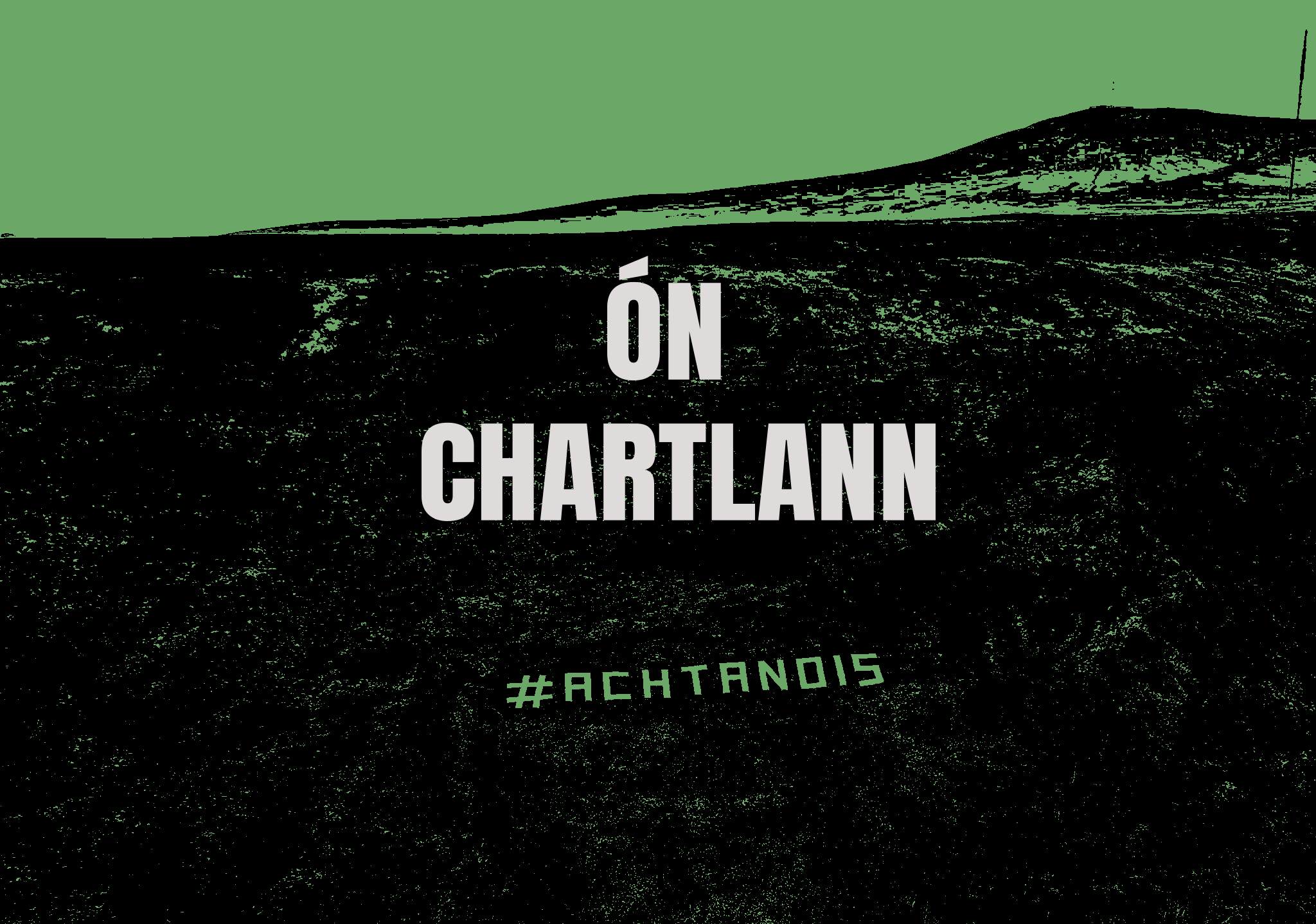An litir dhearg
Bí ar an eolas! Faigh ár nuachtlitir le bheith suas chun dáta leis na feachtais ar fad.

Officers at City Hall are to look at allowing developers to name new Belfast streets and estates in Irish before residents move in.
Belfast City Council will look at creating a policy regarding bilingual signage for new developments in the city, after a council committee voted to allow a developer to have bilingual signage on a new street in the new Glenmona housing estate on the outskirts of West Belfast.
Glenmona, approved three years ago, is one of the largest planning applications ever received by the council. The £95 million urban village has seen the construction of more than 650 social and affordable homes on a significant 75 acre site in the foothills of Divis mountain, on an incline rising from the Glen Road towards the Upper Springfield Road.
Elected representatives at the council’s People and Communities Committee this week were asked by the applicant, the Apex Housing Association, to approve the naming of a new street in the development, “Black Ridge View,” off Monagh Bypass, BT11. Elected members agreed to the request.
Councillors were further requested by the developer to allow the street to be given bilingual signage in Irish. The English street name is derived from Divis, from the Irish “dubhais” which means ‘black ridge’. The Divis mountain is situated north of the development. The street contains 93 residential properties.
City Solicitor Nora Largey told the chamber: “After the publication of this report we received a request from the developer who also wants to erect a dual language street sign in Irish.
“There is a precedent for that a number years ago, where there was a street with no residents and the committee agreed they would erect an Irish language street sign on the basis there were no residents and a request had been made by the developer, which was a housing association. In that instance the committee was content to accede to that request.
“The benefit of it is that the sign would be erected by the developer now, and at their cost, before there would potentially be residents in the street, and a process that the council would have to pay for.
“I would ask that the committee consider that. While policy doesn’t cover it the committee has residual discretion on the policy which would allow the committee to grant that application.”
On a vote 14 councillors approved the developers request to name the street in Irish, from Sinn Féin,the SDLP, Alliance and the Greens, while three councillors voted against it from the DUP.
DUP Councillor Tracy Kelly said: “We do take issue with this. There are quite a few homes there that are going to be, I assume, under an Irish language street name. We do not know who is going to be living in those properties and what language they are going to be speaking. We are assuming Irish because it is in the Gaeltacht Quarter.”
She added: “I feel we are not taking this from the residents anymore, but we are handing it over to the developers.”
Sinn Féin Councillor Tomás Ó Néill successfully proposed council officers would bring back a report looking at options for a new policy.
The motion, which passed without a vote, states: “At present, there is no policy regarding bilingual signage for new developments in the city. Developers or housing associations might make an ad-hoc request to the committee, however, there is no overarching policy.
“Therefore, as a matter of practice, this council will amend its policy on naming a new street and will allow developers/housing associations to request bilingual signage as a part of their application for a new street, with the final sign-off being with the People and Communities Committee.”
Bí ar an eolas! Faigh ár nuachtlitir le bheith suas chun dáta leis na feachtais ar fad.